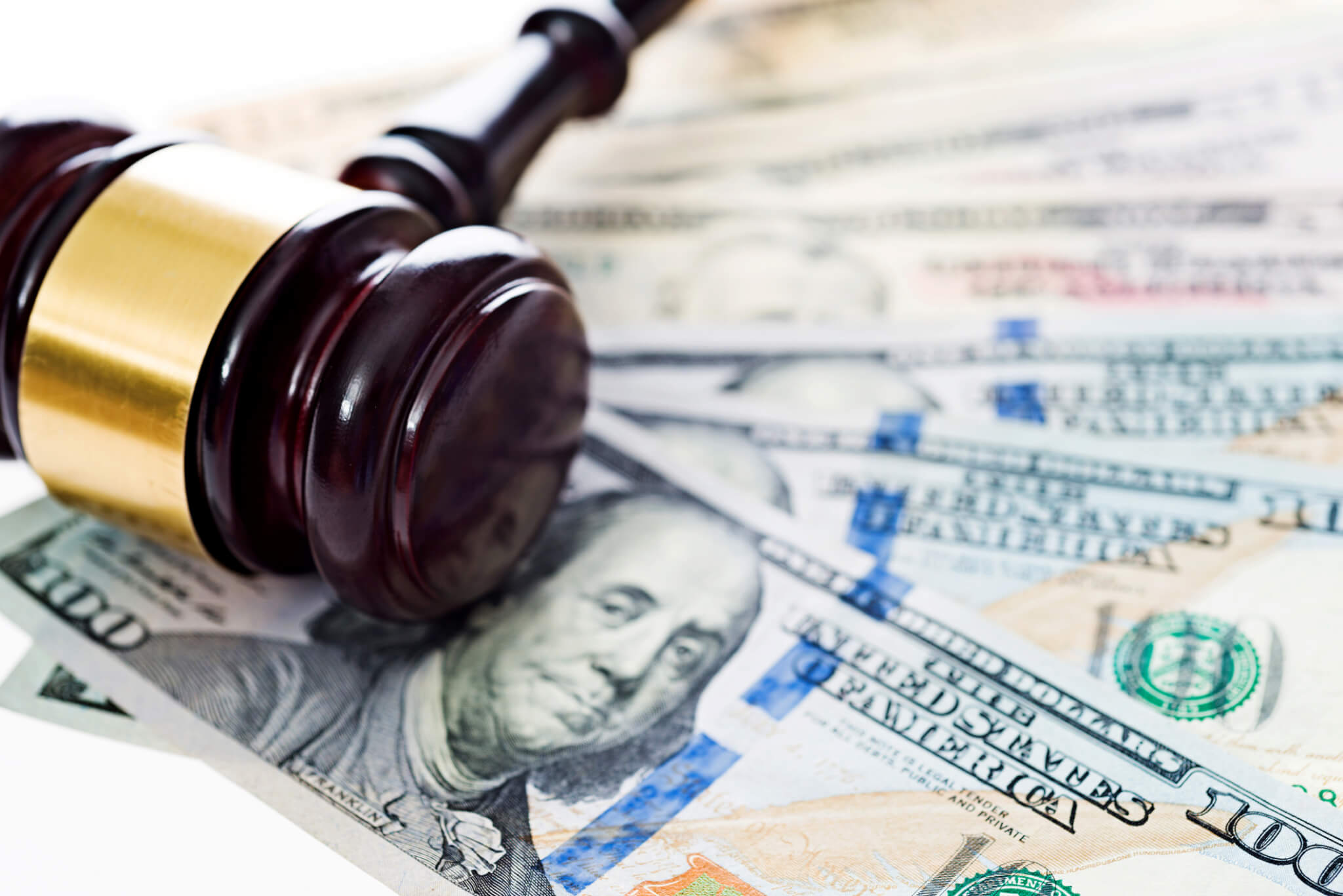Changes to PPP Forgiveness: What Small Businesses Need to Know
Great news, small business owners! The U.S. House and President Trump recently approved and signed legislation that makes it easier for Paycheck Protection Program (PPP) recipients to qualify for forgiveness of the loans they received. Here are some highlights. If the bill passes, borrowers:
- would have 24 weeks to spend their funds, up from the current 8 weeks.
- would have to spend 60% of the PPP funds on payroll costs to qualify from full loan forgiveness, down from the 75% required today. The rest could be spent on other costs like rent or mortgage payments, utilities, or interest on loans.
- could rehire workers as late as December 31, 2020, a full six months later than the current deadline of June 30, 2020.
The new legislation also provides more leeway on loan forgiveness for business owners struggling to meet the above deadlines, like being unable to rehire workers or reopen due to safety standards. The time recipients have to repay the loan has been extended from two years to five years, and those that receive loan forgiveness can defer payroll taxes.
This bill, called the Paycheck Protection Flexibility Act, H.R. 7010, provides much-needed additional relief to small businesses and other recipients of the PPP loan.
Regardless of the new changes, the rules and restrictions for PPP loan forgiveness, specifically what portion of the loan can be waived and the administrative tasks placed on business owners to keep track of these requirements is a substantial burden for many–after all, the borrower is ultimately responsible for their forgiveness calculation. This total is a moving target, but we hope that the funding brings much-needed relief to all recipients and their employees struggling during this time.
There are still PPP funds available to take advantage of for your small business, but it’s going fast. If you’re interested in learning more about the Paycheck Protection Program (PPP), contact SBG Funding to secure your loan today!

